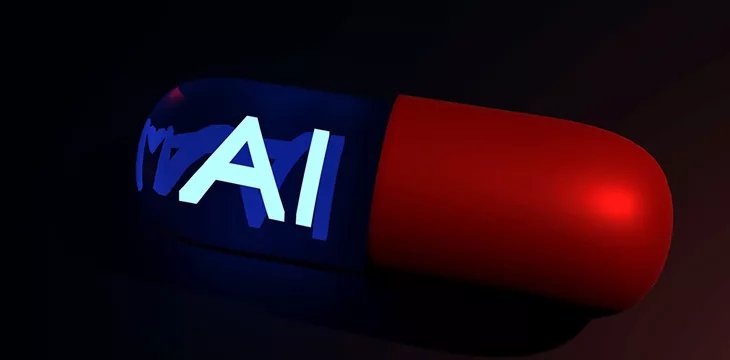
|
Getting your Trinity Audio player ready... |
French pharmaceutical company Sanofi (NASDAQ: SNY) has announced a partnership with generative artificial intelligence company OpenAI and Formation Bio to explore the possibilities of AI-powered drug development.
The partnership will see the firms pool resources toward an attempt to change the landscape for drug synthesis, according to the statement. Described as a pioneering collaboration between technology, life sciences, and pharmaceutical industries, the partnership revolves around integrating AI models for drug manufacturing.
OpenAI will provide the partnership with unrestricted access to its proprietary AI technology, with Formation Bio bringing ancillary engineering support to the arrangement.
Sanofi says it will combine resources to develop “purpose-built” AI models for all stages of drug development, with the ultimate goal of becoming the leading pharmaceutical firm “powered by AI at scale.”
Leading executives at the participating firms expressed optimism over the potential of the collaboration, with the most vocal voices hinting at solutions to several health challenges without known cures.
“This unique collaboration is the next significant step in our journey to becoming a pharmaceutical company substantially powered by AI,” said Sanofi CEO Paul Hudson. “Next generation, first-of-its-kind AI model customizations will be an important foundation in our efforts to shape the future of drug development for pharma and for the many patients waiting for innovative treatments.”
Pundits say that by relying on large language models (LLMs), medical researchers can save time on processes that typically involve trial-and-error systems. The computing power of frontline AI models can process thousands of chemical combinations in record time with impressive accuracy levels.
AI can be used to obtain individuals with the necessary physiological requirements to participate in clinical trials, potentially saving pharmaceutical firms a fortune in expenses.
“There is massive potential for AI to accelerate drug development. We are excited to collaborate with Sanofi and Formation Bio to help patients and their families by bringing new medicines to market,” said Brad Lightcap, COO of OpenAI.
Not a walk in the park
Despite the promise, the integration may not be smooth sailing all the way for pharmaceutical companies with the threat of data leaks and errors hanging like the Sword of Damocles over the industry. However, researchers are turning to blockchain as a solution to streamline AI integration.
Early attempts have yielded impressive results with Google’s (NASDAQ: GOOGL) partnership with ICAD demonstrating a proficiency at spotting cancer cells while Meta (NASDAQ: META) has recorded progress in decoding brain activity.
“Longer term, it may also provide a stepping stone toward non-invasive brain-computer interfaces in a clinical setting that could help people who, after suffering a brain lesion, have lost their ability to speak,” said Meta on its AI offering.
In order for artificial intelligence (AI) to work right within the law and thrive in the face of growing challenges, it needs to integrate an enterprise blockchain system that ensures data input quality and ownership—allowing it to keep data safe while also guaranteeing the immutability of data. Check out CoinGeek’s coverage on this emerging tech to learn more why Enterprise blockchain will be the backbone of AI.
Watch: Blockchain & AI—there should be confluence between these tech
Recommended for you
Lorem ipsum odor amet, consectetuer adipiscing elit. Elit torquent maximus natoque viverra cursus maximus felis. Auctor commodo aliquet himenaeos fermentum
Lorem ipsum odor amet, consectetuer adipiscing elit. Accumsan mi at at semper libero pretium justo. Dictum parturient conubia turpis interdum

 11-22-2024
11-22-2024


